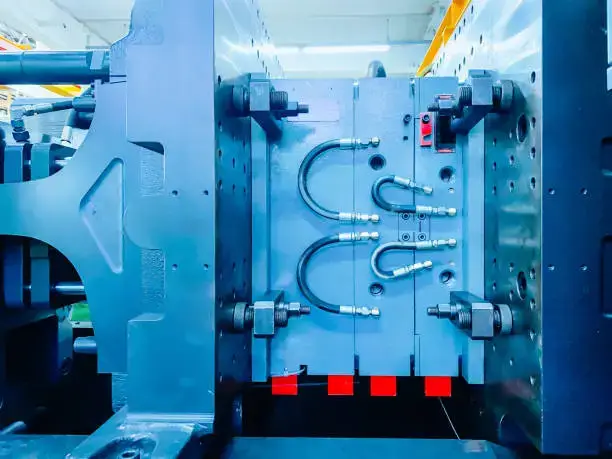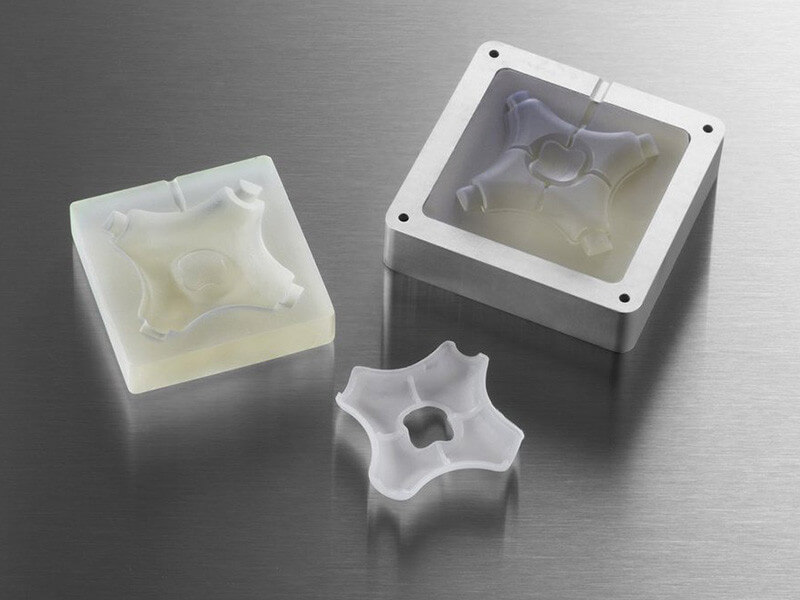
Ka taea e nga waahanga whakatipu i nga waahanga ngoikore ki nga ngoikoretanga o te mahi, Nga ngoikoretanga o nga hua, me te piki ake o nga utu whakaranu. Ko te mohio ki nga pakiaka o te kaha me te whakatinana i nga otinga whai hua he mea nui mo te whakarite kia whai waahi nui te rongoa. I roto i tenei tuhinga, Ka torotoro matou i nga mea nui e whai waahi ana ki te kaha i roto i nga waahanga whakatipu me te pehea ki te whakaiti i enei take.
1. Nga take o te kaha i roto i nga waahanga werohia
1.1 Te kowhiringa o nga taonga
Ko te kowhiringa o te papanga kirihou ka tino whai kiko te uaua o te hua whakamutunga. Ko nga hinu iti-kounga ranei me nga taonga kaore i te kaha te whakaekenga o te ātete e kaha ana ki te werohanga i werohia. Ko etahi o nga toenga he iti ake te tohetohe o te paanga, Ko te hanga i a raatau kaore e pai mo nga tono tino taumaha.
1.2 He iti te kirihou
Ko te rewa koretake me te kirihou o te toenga na te mea ko nga tautuhinga pāmahana o te paoa he kore ranei te hoahoa whiu kino, te arahi ki te werohanga i werohia. Tāpiritanga, Ka taea e te Hamogeneity Inlt HimOgeneity te take ngoikore i roto i te hua hangai.
1.3 Te taumahatanga kutikuti nui rawa atu
Ko nga reeti kutikuti nui i te waa e werohia ana ka pakaru nga mekameka polymer, te ngoikore i te hanganga rauemi me te whakaiti i te uaua. Te nui o te kutikuti kutikuti ka taea hoki te arahi ki te paru paru, He takoha ano ki te kaha.
1.4 Hoahoa hangai kore
Koki koi, He taiepa angiangi, ko nga punaha riihi kua hangaia me nga punaha whakahaere ka taea te kukume i te ahotea, te arahi i nga pakaru. Tāpiritanga, Ka taea e te hunga tika te raru te hau, e whai wāhi ana ki te ngoikore ngoikore i roto i te waahanga hanga.
1.5 He tohu tukatuka hē
- Te pāmahana iti iti: He iti te whakawera ka taea e te rere kino te rere me te whakakorekore, ka puta mai i nga waahanga ngoikore i te waahanga hanga.
- Te tere o te riri, te pehanga ranei: Ka taea e te ahotea te whakaheke i nga taonga rauemi, te arahi ki te kaha.
- He iti rawa te pehanga: Ka taea e raru te aukati me te ngoikore o te taputapu, te whakaiti i te kaha miihini.
- Te wa makariri poto: Kaore i te tika te whakamarumaru i te waa e kore e taea te hua o te tioata o te polymers semi-crystalline, Ko te hanga i te hua whakamutunga he ngoikore ake.
1.6 Te whakamahana makuku
Ko etahi o nga papaa, Pērā i te ASS, Pc, me te nylon, Ka uru te makuku mai i te taiao. Ki te kore e maroke tika i mua i te tukatuka, Ka taea e te hydrolysis te puta, pakaruhia nga mekameka polymer me te raru. Tāpiritanga, Ka taea e te ihirangi makuku nui te arahi ki nga ngoikoretanga o te papa hiriwa, e pa ana ki nga hua o te hua me te kaha.
1.7 Te whakamahi nui o nga rawa o te reanga
Using too much regrind or contaminated recycled material can alter the molecular structure, reducing toughness and increasing brittleness. The repeated thermal cycles experienced by regrind materials lead to polymer degradation, reducing overall part performance.
1.8 Inadequate Cooling and Ejection
Rapid cooling or uneven temperature distribution can create internal stresses, leading to brittle failures. Poor ejection systems may also cause cracks in the part, especially if excessive force is applied during demolding.
2. Nga otinga hei whakaiti i te kaha i roto i nga waahanga werohia
2.1 Whakanohia te kowhiringa rauemi
- Whiriwhiria te toenga me te kaha o te tohetohe me te uaua ki te tono.
- Whakamahia nga kaiwhakamaori whaihua, taapiri ranei hei whakarei ake i te ngawari.
- A ape i te whakamahi nui o te papanga me te whakarite i tona kounga.
- Whakaarohia te whakamahi i nga whakaranu-a-polymer hei whakarei i te mahi miihini.
2.2 Whakapai ake i nga taonga me te whakarite
- Maroke tika Nga taonga Hygroscopic like Nylon and PC before processing.
- Store raw materials in a dry environment to prevent moisture absorption.
- Regularly check material specifications and avoid using degraded resins.
2.3 Optimize Injection Molding Parameters
- Set appropriate melt temperatures to ensure full plasticization and reduce material degradation.
- Adjust injection speed and pressure to avoid excessive shear stress.
- Ensure proper holding pressure and time to improve material compaction and reduce internal voids.
- Optimize cooling rates to Aukuhia nga Maakete Tiriti me te whakarite i te tioata tika.
2.4 Whakarei hoahoa hangahanga
- A ape i nga kokonga koi me nga whakawhitinga matotoru ohorere hei whakaiti i nga kukume ahotea.
- Te whakamahi i nga taha porowhita me te matotoru pakitara o te pakitara kia pai ake te kaha.
- Whakanohia te hoahoa me te kaihoahoa kia pai ai te rere o nga taonga.
- Whakapai ake i te aukati i te aukati ki te whakakore i nga mahanga hau ka aukati i nga ngoikoretanga o te waahanga.
2.5 Whakapai ake i nga punaha makariri me nga pūnaha
- Me whakarite kia whakamutua te whakamarumaru kia kore ai e raru te pehitanga.
- Use proper mold release agents or design improvements to facilitate smooth ejection.
- Optimize ejection pin placement to minimize stress during part removal.
2.6 Conduct Quality Control and Testing
- Perform impact resistance tests and tensile strength evaluations to identify brittle areas.
- Regularly inspect raw materials for contamination or degradation.
- Monitor process parameters using real-time sensors to detect inconsistencies.
- Use non-destructive testing methods such as ultrasonic inspection to detect internal defects.
2.7 Implement Advanced Manufacturing Techniques
- Consider gas-assisted injection molding to reduce internal stress.
- Utilize sequential injection molding to enhance material distribution.
- Apply annealing processes to relieve internal stresses in the molded parts.
Wāhanga whakamutunga
Brittleness in injection molded parts can arise from multiple factors, including material selection, processing conditions, and mold design. By implementing proper material handling, optimizing processing parameters, and improving mold design, manufacturers can produce durable and high-quality injection molded parts. Addressing these factors not only enhances product performance but also reduces production defects and costs. Tāpiritanga, utilizing advanced manufacturing techniques such as gas-assisted molding and annealing can further improve part durability.
For expert injection molding solutions, consult industry professionals like Maeneene Xld, ensuring precision and quality in every molded component.

